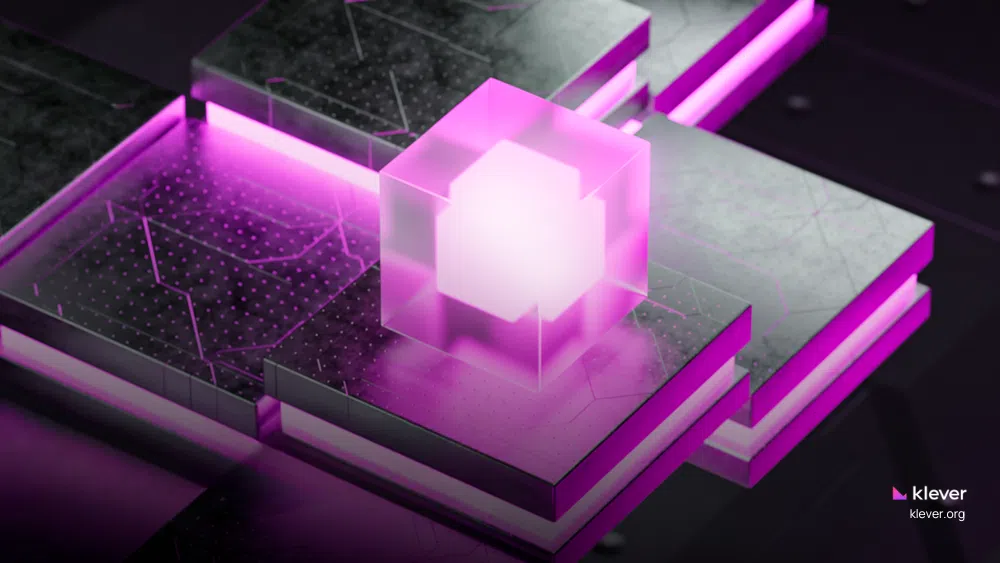
Hello, blockchain enthusiasts! Today, we’re going to delve into the fascinating world of blockchain protection.
While you may be familiar with blockchain as the technology underpinning cryptocurrencies, it’s so much more than that.
So, buckle up and let’s dive in!
The Genesis of Blockchain and Its Security
Blockchain technology, the brainchild of the mysterious Satoshi Nakamoto, was designed to facilitate peer-to-peer transactions without a trusted third party. But what makes it secure? It’s the magical mix of decentralization and advanced cryptographic principles.
These principles ensure every transaction is transparent and immutable, making it nearly impossible for any hacker to alter the data.
The Many Faces of Blockchain
Blockchain isn’t a one-size-fits-all technology.
It comes in different forms: Public, Private, and Consortium Blockchains. Each serves unique purposes, from open networks where anyone can participate, to private networks restricted to specific members.
One of the key features of public blockchains is the open ledger. Open Ledger is a transparent record of all transactions that have ever occurred on the network, accessible to anyone.
These records, combined with blockchain’s immutability, ensures a high level of transparency and trust in the system. This flexibility allows blockchain to cater to a wide range of applications beyond just cryptocurrency.

Validators vs. Servers: Key Roles in Blockchain
Validators in blockchain verify and validate new transactions, enhancing protection. Furthermore, they’re chosen based on token ownership or voting in PoS and DPoS systems.
Servers in traditional networks are centralized systems that manage data. They handle requests and run applications but can be a vulnerability point.
In contrast, blockchain uses a decentralized network of nodes, each acting as a server but operating under a consensus protocol, making the network more secure than traditional server-based systems.
Overcoming Blockchain Challenges
Blockchain technology isn’t without its challenges, including scalability, interoperability, and energy consumption. But fear not, innovative solutions are being developed to tackle these issues, paving the way for more efficient and scalable blockchain networks. These improvements have enabled blockchain to be used in a variety of sectors beyond cryptocurrency, from tracking goods in supply chains to securing patient data in healthcare.
Blockchain Protection: The Unhackable Nature of the Technology
Understanding Blockchain Protection: Is It Safe?
While no technology is entirely unhackable, blockchain comes pretty close. Its cryptographic algorithms and consensus mechanisms make it extremely difficult for any malicious actors to tamper with the data. This robust protection is what makes blockchain an ideal solution for secure and transparent transactions.
Mining vs. Staking:
The Evolution of Consensus Mechanisms
Consensus mechanisms are the backbone of blockchain technology, ensuring all nodes agree on the data recorded.
Bitcoin, the first cryptocurrency, introduced the Proof-of-Work (PoW) mechanism, where ‘miners’ solve complex problems to validate transactions. However, its high energy consumption led to the development of more sustainable alternatives.
Proof-of-stake (PoS) emerged as a less energy-intensive option, where validators are chosen based on their token ownership.
Delegated Proof of Stake (DPoS) further refines this process, with token holders voting for delegates to validate transactions and maintain the blockchain. This democratic system enhances protection and decentralization.
Understanding Chain Forks
Case: The Ethereum Merge
Chain forks occur when a blockchain splits into two paths, usually due to new rules being introduced to the blockchain’s code. There are two types of forks: soft forks (backward-compatible upgrades) and hard forks (non-backward-compatible upgrades that require all network participants to switch to the new version).
Hard forks can sometimes lead to the creation of a new cryptocurrency.
A notable example is the hard fork of the Ethereum blockchain after the DAO hack, which resulted in two separate chains: Ethereum (ETH) and, consequently, Ethereum Classic (ETC).
“The Merge,” a significant event where Ethereum blockchain transitioned from a Proof of Work (PoW) consensus mechanism to a Proof of Stake (PoS) mechanism. Furthermore. this transition is part of Ethereum 2.0 upgrades, aiming to improve the scalability, protection, and sustainability of the network. The Merge is not a fork but a significant upgrade that marks the end of energy-intensive mining on the Ethereum network.
Forks, though complex, are essential for the evolution and improvement of this technology, allowing it to adapt to changing needs and challenges.
Blockchain and Cybersecurity
As we become more digitally connected, cybersecurity has never been more critical. Interestingly, blockchain technology is playing a pivotal role in enhancing protection measures across various sectors. From secure data sharing to identity verification, blockchain is not just about securing transactions; it’s about securing our digital world. Furthermore, it provides more transparency for royalties, health services, voting, land registration, the gaming industry, and much more.
Klever Blockchain: A New Era of Blockchain Security

Klever Blockchain is not just another blockchain. It’s a testament to the power of blockchain technology, built with advanced protection measures that take the inherent security of blockchain to new heights. Moreover, it employs a Delegated Proof of Stake (DPoS) consensus mechanism, ensuring a democratic, secure, and efficient network.
The Future is Blockchain
As we’ve seen, this technology is about so much more than just cryptocurrencies. Moreover, it’s a revolutionary technology that has the potential to transform industries, enhance protection, and create new opportunities for innovation and growth.
Blockchain technology is here to stay, and it’s only going to become more integral to our digital lives. Therefore, why not dive in and explore all the opportunities it brings? Start with Klever Blockchain.
Discover its advanced features, delve into its robust security measures, and see for yourself how it’s pushing the boundaries of what’s possible with Klever blockchain.
The future is blockchain, and the future is now.
So, are you ready to be part of it?